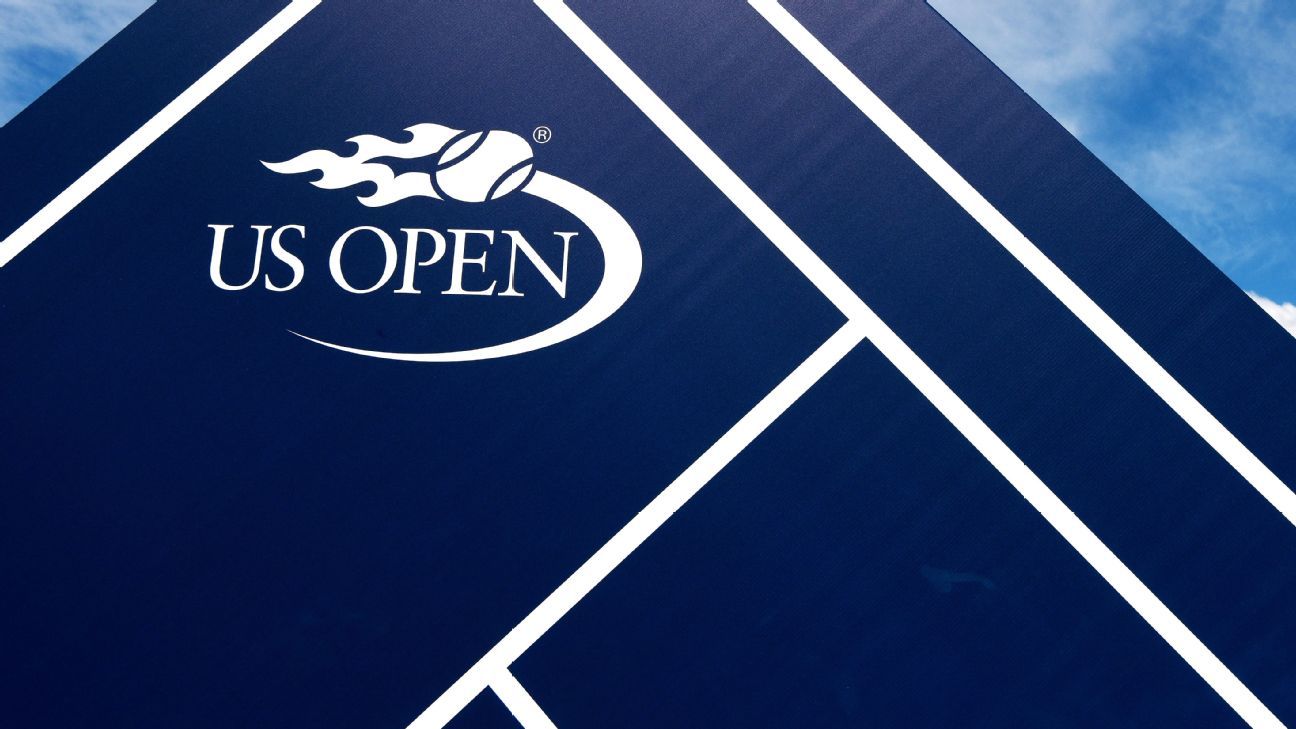The United States Tennis Association will decide in mid-to-late june whether or not to hold the US Open this year, based primarily on the advice of a panel of medical professionals.
“We’re very fortunate to be the fourth Grand Slam to go, so time is on our side. Obviously, our ambition is to run the tournament,” USTA CEO and Executive Director Mike Dowse said in a conference call on Wednesday. “[But] the driving factor will be the health and well being of the players, the fans and our staff. To that [end] we just don’t have enough information that we can run the tournament safely. We’ve set a timeframe around June to make that decision.”
The USTA’s decision will be based on the advice of a medical advisory group consisting of doctors who consult with the organization on a regular basis. The group includes Dr. Brian Hainline, who is a USTA Board member and also Chief Medical Officer of the NCAA, and Dr. Bernard Camins, Medical Director for Infection Prevention at Mt. Sinai Hospital in New York City. “Based off that information, we’ll ultimately make the decision if it’s safe to play the tournament or not,” Dowse said.
Dowse made his comments while outlining details of a $15 million relief package aimed at helping tennis facilities and teaching professionals bear the financial strain caused by the pandemic.
“On March 23rd, 85% of tennis clubs were already closed in the United States,” Dowse said. “We know that number is probably higher today. We also realized most of our teaching professionals are out of work. We’re going to be providing financial assistance to help these facilities and pros turn the lights back on and get back up and running.”
The $15 million was raised largely through executive salary reductions and cuts in the USTA’s marketing efforts and player development. The USTA’s national campus in Orlando, Fla., where many of the elite US players are developed by USTA coaches, has been shuttered since March 13th. The money saved by the closure, as well as the significant sums saved by the elimination of travel budgets to a range of events including the two canceled Grand Slams (French Open and Wimbledon) is also helping fund the relief program.
The USTA has focused on aiding grass roots establishments and individuals who are part of the organization’s “grow the game” mandate. There is no commitment yet to distribute financial aid to the lower-ranked ATP and WTA professionals who have been hit especially hard by the lack of tournaments. As independent contractors, those tennis pros must play to earn money. While some traditionally picked up extra cash by giving lessons or taking part in Pro-Ams, social distancing has brought those avenues to a dead end as well.
Dowse said the USTA is taking part in ongoing discussions aimed at finding a way to provide financial support for distressed pros. “We want to do this as part of a holistic package,” Dowse said. “Those details are being finalized right now by those two organizations (ATP and WTA). We will support the packages they’re putting together for their stakeholders.”
In addition, the USTA has made a commitment to continue to fund the minor-league challenger series and ITF-related tournaments when those come back online. That investment is worth in the neighborhood of $7.5 million, Dowse said.
